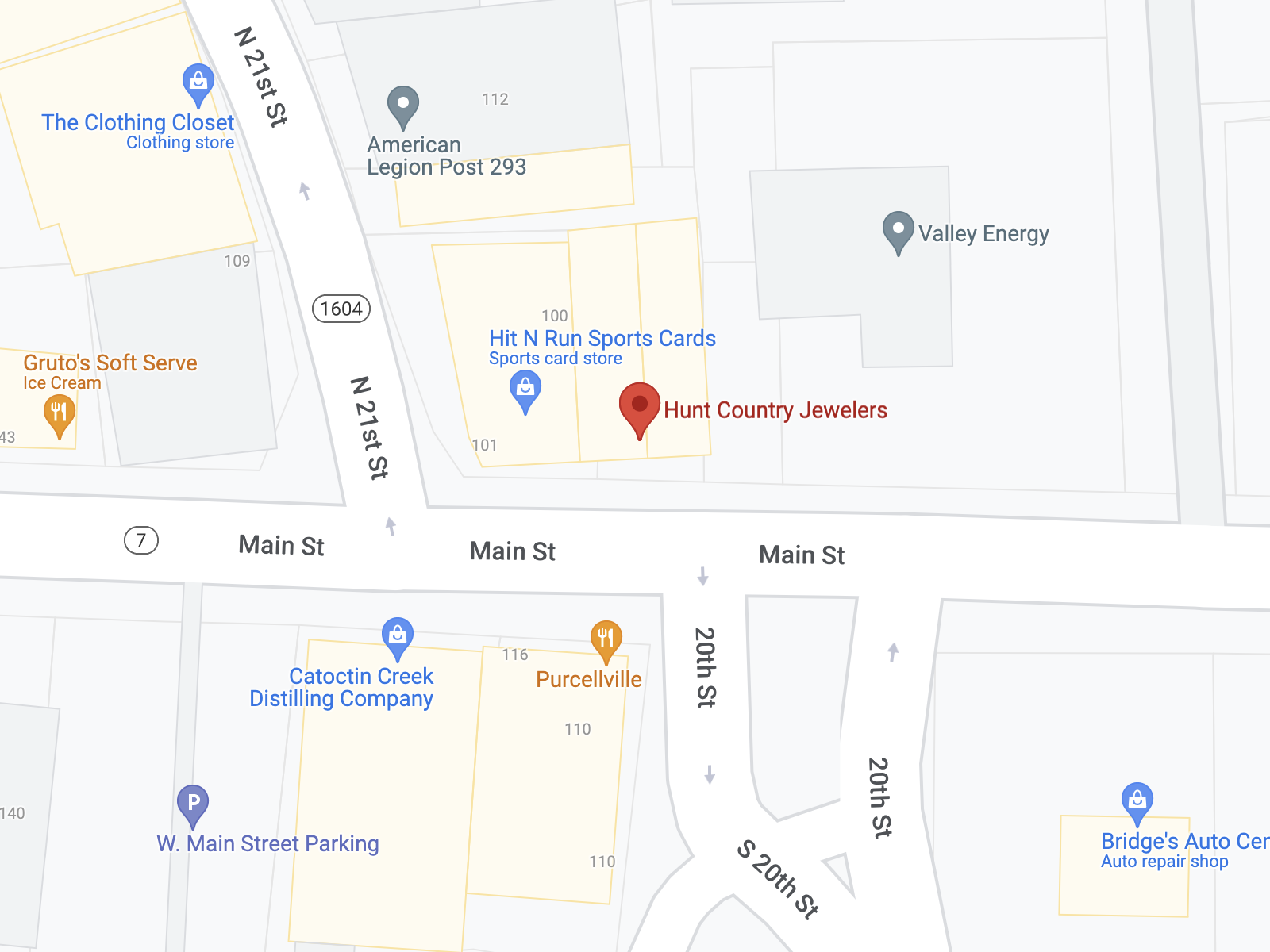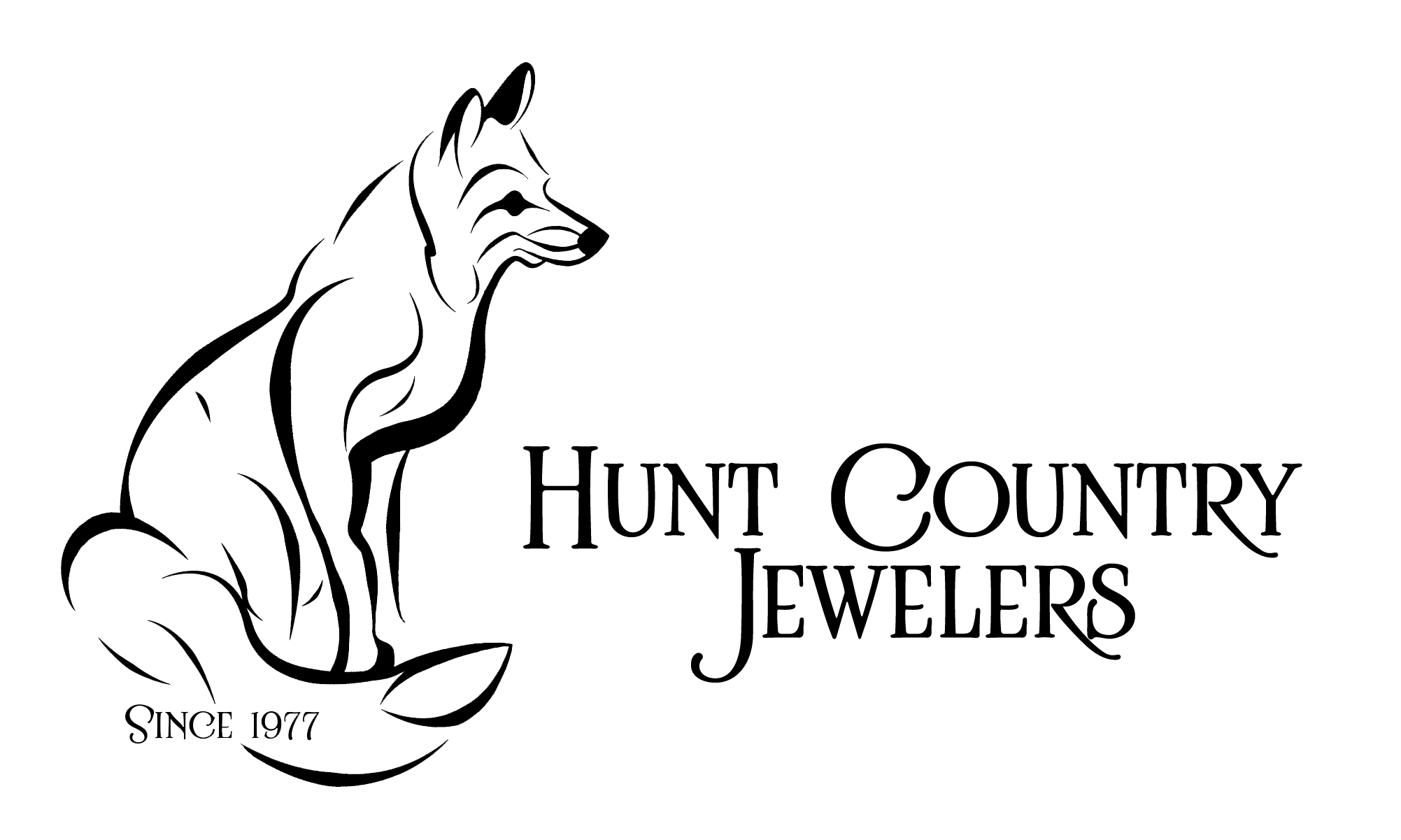Let’s Talk About: Proper Prongs or The Tale of The Loosey Goosey Stones
We have a seen a rash- an epidemic, really- lately of loose center stones coming in for repair. The vast majority of them have not been HCJ pieces (I say this to be generous, in actuality none of them have been HCJ pieces) and it has been an education to examine other work and determine why these stones are literally spinning in their settings. There are several scenarios in which a center stone can become loose; the odds are on two. 1) Damage or wear significant enough to take a prong out of the equation, structurally, or 2) an incorrect setting to begin with.
I’m going to be discussing the latter today. And we are seeing a lot of it. In theory, setting sounds simple- place stone, fold metal. But it’s actually one of the more complicated and difficult parts of benchwork. I was speaking to a lovely German lady in the store the other day who had started a jewelry apprenticeship back in Germany; her apprenticeship was 7 years. Three and a half years of that time was spent just learning setting. Three and a half years on a single skill! And even then you are considered a new craftsman, not a master setter. That’s how important and tricky setting can be.
There are complication to consider according to what type of stone you have and what type of metal is being employed, but what we are seeing goes beyond that.
When setting a stone in a prong setting, you must first cut a seat- this is exactly what it sounds like: a place for the stone to sit. It is a shaped notch where the girdle of the stone rests.
The top portion of the prong is then folded over the girdle to lay flat against the crown.
The stone should now be supported and held at three points by the prong.
What we are seeing is a) seats cut improperly; b) prongs not folded properly; or c) both. An improperly cut seat is either cut too shallow or, more likely, too deep. Too shallow and there isn’t enough of a lip created for the stone to rest on. Too deep and space is created in the metal of the prong behind the girdle of the stone. This compromises both the points of support and the integrity of the prong by thinning the metal width right at a bend point.
An improperly folded prong isn’t pushed into full contact with the crown of the stone, leaving a flange that hangs out just waiting to catch on your sweater or hair and yank upwards. When you combine that with a prong that has been weakened and thinned at the seat, it’s a recipe for a snapped prong. In either case, the stone will sustain bumps that push it against the metal prongs holding it in place. When there is air where there shouldn’t be, that stone begins to wiggle. A tiny wiggle becomes a large wiggle as the stones wear away the metal at contact points. Eventually, the stone will become so loose that it’s in danger of breaking loose from the setting all together.
Seats are often cut improperly due to lack of skill- simply over cutting, but sometimes an overlarge seat is cut deliberately in an effort to lessen the inherent risk of setting. This is very common with princess cut stones, or any stone with a 90 degree corner, when round prongs are used and placed directly over the tip of the corner, instead of creating an ‘L’ shape that hugs the corner.
The point created by the corner is vulnerable to chipping, so it’s understandable why pushing a prong directly over the point is nerve-wracking and risky. Over cutting and under folding isn’t the correct way to manage the risk, but it does explain the impulse. The correct way to manage the risk is with a ‘L’ shaped prong that holds the stone along two flat planes, protecting the vulnerable corner.
There are two courses of action to fix a loose or spinning stone. The first is a band-aid, but it not very expensive, nor is it invasive. Tightening or crimping the prongs down can be effective, but probably not permanently. The second option is the best long term solution- it is more expensive and more invasive, but it fixes the problem for good. The real fix is to unset the stone, completely rebuild the prongs- sometimes this involves a new head- and start the setting process over.
There are other possible pitfalls with prongs, but most are aesthetic- over large prongs or stones set crooked- that do not affect the integrity of the setting. Of course we try to avoid those, too!
Around here, both Ed and Logan are master setters. Neither will agree to set a stone they feel is too risky, nor will they use design elements and metal choices not suited to the stone. It’s one of the benefits of creating each mounting for individual stones- no one size fits all heads, prongs, and seats. Just individually designed and crafted heirlooms. And we stand behind our work; if you have an HCJ piece that has a loose stone bring it on by and we’ll take care of it. Note, however, that we can identify when a problem is a manufacturing issue, which we will of course take care of, but if you ran the ring over with your car…well, then we can still fix it, but we’ll have to charge you for that one J
-Carolyn

